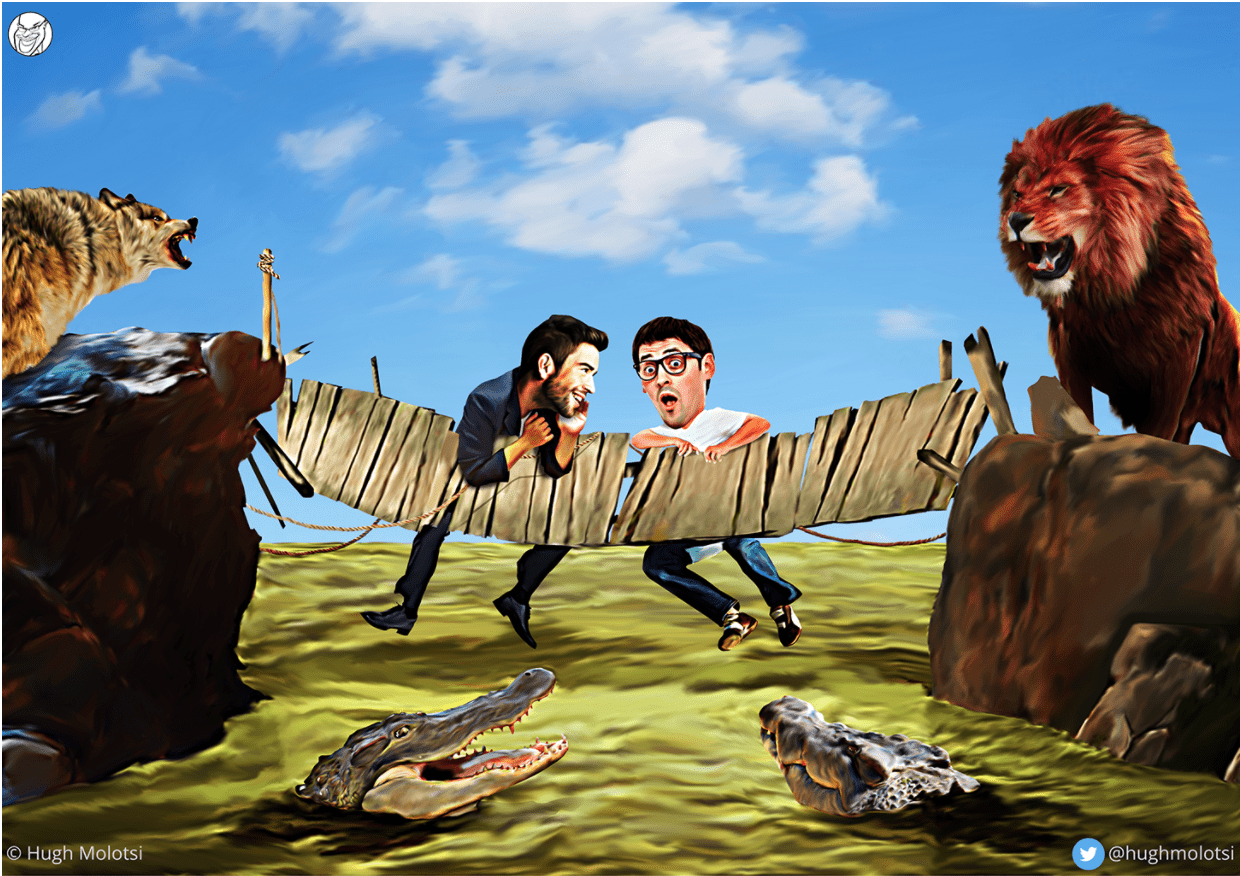Decision Framework: Falling in Love With the Problem, Part 1

You’ve probably heard this quote before: “Fall in love with the problem not the solution” when looking for a better decision framework.
But what does “falling in love with the problem” really mean? Aren’t problems just irritations we’d like to be rid of? So wouldn’t it make sense to love the solutions to these pesky problems?
It’s human nature to love answers, unfortunately that very tendency can prevent us from coming up with truly delightful solutions. When faced with a problem, we tend to stop ideating as soon as we think we’ve found an answer. This Einstellung Effect keeps us from finding the right solutions since our first ideas are rarely our best ideas. But it gets worse when we move forward into development and inevitably experience customer pushback; we would rather explain those issues away (sometimes even blame the customers) than go back to the drawing board.
So, how do we overcome our counterproductive tendency to fixate on a specific solution? The Lean Startup Methodology provides a structured process to help us focus on the problem, and through experimentation, find the best solution.
A 3-step decision framework for falling in love with the problem
Step 1: Define the problem
First, you must be crystal clear on the problem you are trying to solve. One technique is to draft a vision statement that articulates what the world will look like after you’ve solved this problem. For example, if you are trying to solve the problem of long security lines at airports, your vision statement might be: “No passenger will wait more than five minutes to get through security.” The best vision statements are straightforward and pithy, so they’re easy for everyone understand and remember.
You’d be surprised by how many product teams skip this very important step. When asked to provide a missing vision statement, it’s often during deliberations that the team discovers they aren’t all on the same page regarding the problem they’re trying to solve. How do you identify the right problem? Spend time with your customers. This will help you attain the deep customer empathy needed to identify truly meaningful problems.
Going forward, your vision statement will serve as your North Star, allowing you to evaluate the different solutions you come up with by how well they achieve your vision. Continuously referring back to your vision statement is one way to demonstrate your love for the problem.
Step 2: Test your solutions
Next, when you come up with ideas, don’t feel the need to temper any enthusiasm that may arise. This passion is helpful in making the process fun and engaging. However, you can provide a satisfactory segue from focusing on one idea to ideating on more solutions by writing the idea down. Starting with a goal is also helpful, e.g. commit to coming up with seven ideas. This will keep you honest about continuing with ideation even if you think you’ve already found the answer.
Remember, before a particular idea is tested, you should clarify the key assumptions you are making for this idea to work. These assumptions will drive the experiments you run in the Build-Measure-Learn feedback loop, and allow you to quickly learn whether your idea will work as is, if it can be improved, or whether it should be abandoned for another idea.
If you happen to find yourself in love with a particular idea, you can make that the first one you put through the Build-Measure-Learn loop. You’ll have several other ideas ready and waiting to be worked on if it turns out that solution you were pining after wasn’t Mr. Right after all. Resiliently and resolutely moving on to the next idea, when the one you were excited about didn’t work out, is another way of demonstrating your love for the problem.
Step 3: Use the decision framework to fall in love with the right solution
Finally, to fall in love with the problem means a commitment to gaining customer empathy, considering a broad range of ideas and experimenting with your customers. Should you feel guilty if you’ve fallen in love with a solution? Of course not, as long as you follow a structured process that allows you to say goodbye to a solution that’s not working, and fall in love with the next one you try!
For more ways to find the best solution, check out Falling in Love With the Problem: Part 2
Thanks to Lean Startup Co. Advisor Hugh Molotsi for contributing this piece.
Lean Startup Co. is a product and innovation consultancy co-founded by Eric Ries. We equip our clients to systematically vet, shape, and de-risk new business opportunities. We are here to support you on your Lean Startup journey when you need us. Discover our services on leanstartup.co or contact us to ask a question or discuss hiring us.
